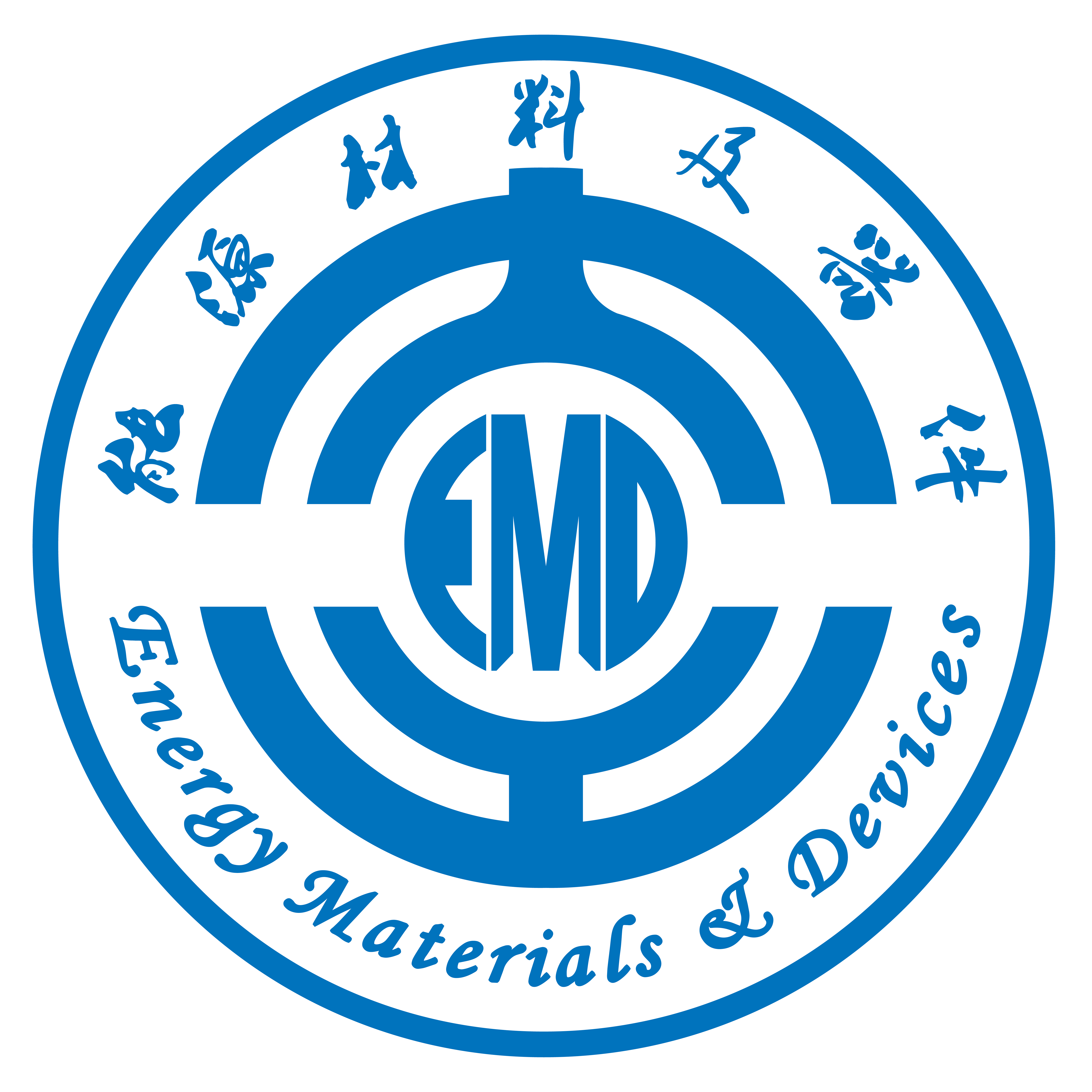Abstract: 2D transition metal carbides MXenes stand out on energy storage application due to superior electrochemical performance and encouraging capacitances, and the energy storage properties strongly depend on the nature of terminations on the surface. Here, five different terminal ratios of Ti3C2Tx (O: F: OH = 9:0:0, 6:2:1, 4:4:1, 3:5:1, 0:9:0, respectively) are designed to explore the influence of different terminations on electronic properties and Na storage capability using density functional theory, moreover the Ti3C2Tx with O: F: OH = 3:5:1 has been synthesized to verify some calculation results. The results show that the Ti3C2Tx MXene, with terminal ratios of 6:2:1, is thermally stable when 36Na atoms (26.67%) intercalate. Meanwhile, it also exhibits superior conductivity, lower open circuit voltages, especially the higher theoretical capacity. The theoretical capacity is more than 6 times than that of pure F termination’s structure and 3 times than that of the system with the O: F: OH = 3:5:1. The presence of F can ensure good conductivity and O provide larger capacity. The finding is one to establish interlayer models of Ti3C2Tx-MXene with different terminal ratios and provides a basic understanding about the influence of terminates on electronic properties and Na storage performance of Ti3C2Tx (T = O, F and OH).
https://doi.org/10.1016/j.apsusc.2021.150735

